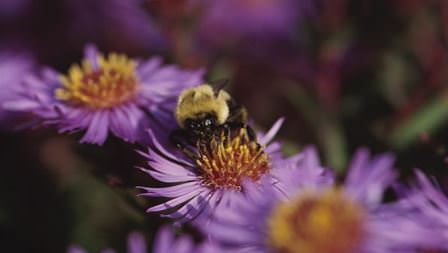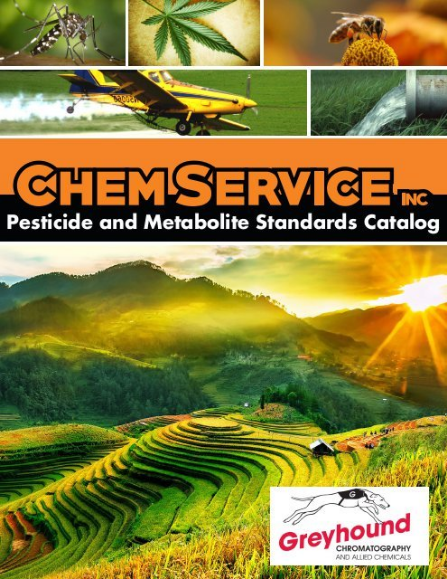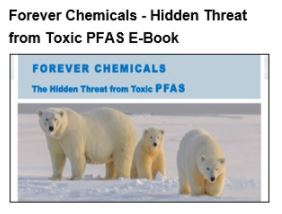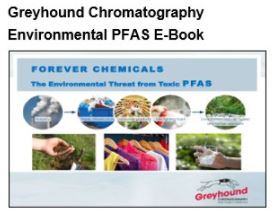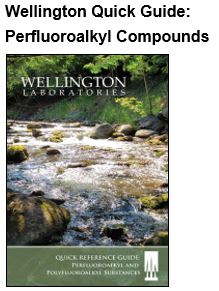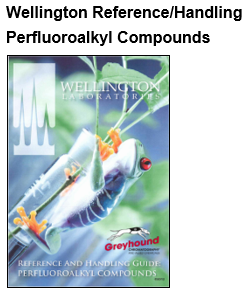Are honeybees the only pollinators affected by neonicotinoids?
Throughout the world, both entomologists and farmers have been alarmed by honeybee colony collapse. For years, it was not clear whether the culprit was a parasite, cell phone frequencies, genetically modified crops, pesticides or a combination of all these. At least several studies have indicated that neonicotinoids are harmful to honeybees, a finding that the European Food Safety Authority has taken to heart.
However, it is important to remember that honeybees are not the only insect pollinators that can be used in agriculture. Therefore, it is possible that any environmental impact assessment pertaining to the family of neonicotinoids needs to expand to include their effects on other insects. For example, a team of scientists from the University of Guelph and Imperial College London discovered that these pesticides can also negatively affect bumblebees, as published in the journal Functional Ecology.
What are neonicotinoids?
According to Texas A&M University, neonicotinoids are a class of pesticides that act similarly to nicotine and damage the nerve synapses of insects. Vertebrates are not affected by neonicotinoids. When these pesticides first became popular, they were praised for their water solubility, which allowed for plant uptake after soil application, thereby reducing the amount of pesticide freely floating away from the target site.
There are at least seven neonicotinoid-containing products that are available on the market, according to Texas A&M:
Acetamiprid
Clothianidin
Dinotefuran
Imidacloprid
Nitenpyram
Thiacloprid
Thiamethoxam
At first, farmers believed that neonicotinoids were not harmful to honeybees, but subsequent studies dispute that idea. For two years, starting December 2013, the EFSA implemented a law restricting the use of clothianidin, imidacloprid and thiametoxam. Specifically, use of these pesticides was limited to seed treatment, soil granules and foliar treatment for plants that attract bees. Additional uses are only allowed for professionals, greenhouse plants or outdoor plants that already flowered.
The U.S. Environmental Protection Agency took these policies to heart, but did not adopt them because the EFSA did not account for risk management.
Bumblebees may be much more sensitive
To investigate the impact of neonicotinoids on bumblebees, the study authors from the University of Guelph and Imperial College London treated 40 colonies of honeybees with imidacloprid,pyrethroid, a combination of the two or neither. Meanwhile, the researchers fitted the bumblebees with radio frequency identification tags, which were used to track the insects' foraging habits. The experiment lasted four weeks.
By the end of the study period, the researchers observed that the bumblebees treated with pesticides were very slow in learning foraging skills, compared to the colonies that were not exposed to neonicotinoids. The scientists even observed that colonies with slow foragers had to send out more bumblebees to compensate.
"Bumblebees may be much more sensitive to pesticide impacts as their colonies contain a few hundred workers at most, compared to tens of thousands in a honeybee colony," study co-author Nigel Raine said in a statement.
These results may be cause for concern, considering that neonicotinoids account for 30 percent of the global pesticide market. Raine and his colleagues suggested that regulations on neonicotinoids be tightened and include both bumblebees and solitary bees, in addition to honeybees.
Author: Chris Boyd, Chem Service Inc
Chem Service has over 2,000 Pesticide and Metabolite Reference Standards.
CONTACT US
Tel: +44 (0) 151 649 4000
Email: marketing@greyhoundchrom.com
FOLLOW US
YOU MAY ALSO BE INTERESTED IN OUR NEWSLETTER
About the Author
Susan Massie, Sales & Marketing Director, Greyhound Chromatography and Allied Chemicals Email: sue@greyhoundchrom.com
Susan Massie is the Sales & Marketing Director for Greyhound Chromatography and Allied Chemicals, affectionately known as 'Greyhound' in our scientific community. Greyhound was founded by Susan's husband Paul Massie more than 40 years ago, Susan hasn't been in the business for all of that time but has been involved with Greyhound for over 17 years. Greyhound continues to grow, expanding into new markets and taking on the challenges of our ever changing environment. It's heartwarming to witness the world waking up to the fact that we are damaging our planet on a daily basis. Every action we take has a direct effect on our planet and the world we leave behind for future generations. Susan is passionate about climate change and is happy to work in an industry that can have a direct effect on reducing the impact of our actions on the environment. All of the team at Greyhound take our responsibilities very seriously, the products that we supply are used by the world's leading scientists and chemists as they endeavour to monitor and repair the environment. All is not lost, if we all take responsibility for our actions, from reducing our waste and reusing or recycling our material collateral we can make a difference. The internet is full of useful advice and guidance, Susan is proud to contribute to that wealth of knowledge whenever she can.
Greyhound prides itself on personal service which provides prompt, efficient, cost-effective, safe delivery of all products. Greyhound provides technical advice and distribution of Certified Reference Standards and Materials, Laboratory Consumables, Solvents and Reagents across all scientific disciplines. Greyhound Chromatography offers over 1 Million products from its UK warehouse. The team at Greyhound are proud to support the work of the world's leading scientists and chemists as they challenge the abuse of our planet and try to make a difference to the world we leave behind for our ancestors.
You can view Susan's Linked In Profile here https://www.linkedin.com/in/susan-massie-79ab4121/

